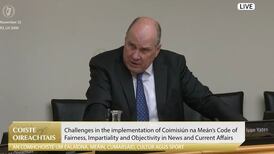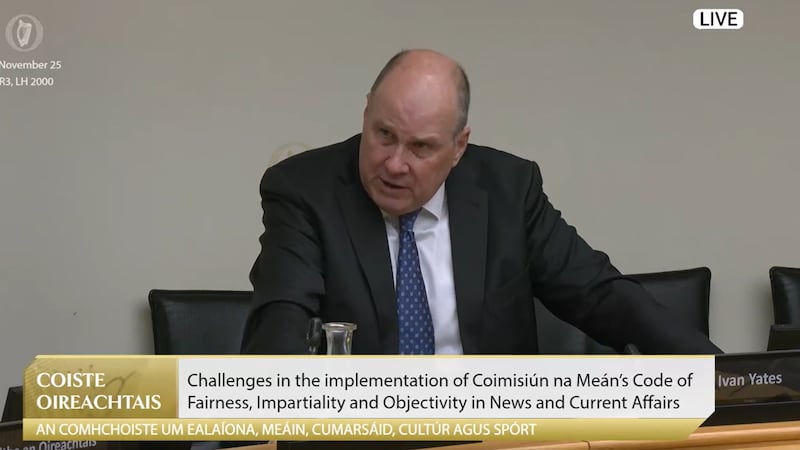Research which showed that 75 per cent of road deaths occurred on a rural road with a speed limit of 80km/h or greater was a contributory factor in an expert group recommending across-the-board cuts in speed limits.
In a comprehensive report for the Government, the speed limit review group relied on international research which pointed to a large number of fatalities occurring on single-carriage roads, and on undivided roads where vulnerable users such as cyclists and pedestrians were not separated from vehicles.
The report recommended a significant lowering of speed limits across all national roads: from 100km/h to 80km/h on secondary roads: from 80km/h to 60km/h on rural roads; and from 50km/h to 30km/h in urban areas. The group also recommended an even lower speed limit of 20km/h in pedestrian zones and shared space in urban settings.
[ Road safety lessons may be introduced for Leaving Cert studentsOpens in new window ]
The report was published following a spate of road deaths during the course of the summer, which could bring fatality numbers for 2023 to a 10-year high. The publication was coincidental with the recent spike in serious collisions.
RM Block
The report was presented to Cabinet on Wednesday by Minister for Transport Eamon Ryan and Minister of State with responsibility for Road Safety Jack Chambers. The Government is to set up a taskforce to implement its main recommendations during 2024 and 2025.
In addition to lowering speed limits, the review group also recommended that new roads of all kinds should be divided where possible. It also recommends increased use of average-speed cameras on key roads throughout the State as well as variable speed limits on the M50 and other key motor routes.
[ Road safety: RSA campaign aims for no deaths on Irish roads by 2050Opens in new window ]
“Collision statistics… show that between 30 per cent and 45 per cent of yearly fatalities on high-speed, single-carriageway national roads are as a result of head-on collisions,” the report says, adding that in such collisions there are frequently others involved who sustain serious injuries.
It also points out that more than 53 per cent of serious injuries occur on urban roads with speed limits of 60km/h or less. “This proportion increases when focusing on seriously injured pedal cycle users and pedestrians. At least eight in 10 of these vulnerable road-users were injured on lower-speed, urban roads,” it states.
The report states that road-safety statistics from Ireland and abroad show that divided roads are between three and five times safer than single-carriageway roads.
The group recommended a pilot scheme for the use of mobile average-speed cameras across the road network.
It also concluded that the effective application of penalty points – linked with insurance policies – acted as a disincentive, and could have a significant effect on the behaviour of drivers.

















